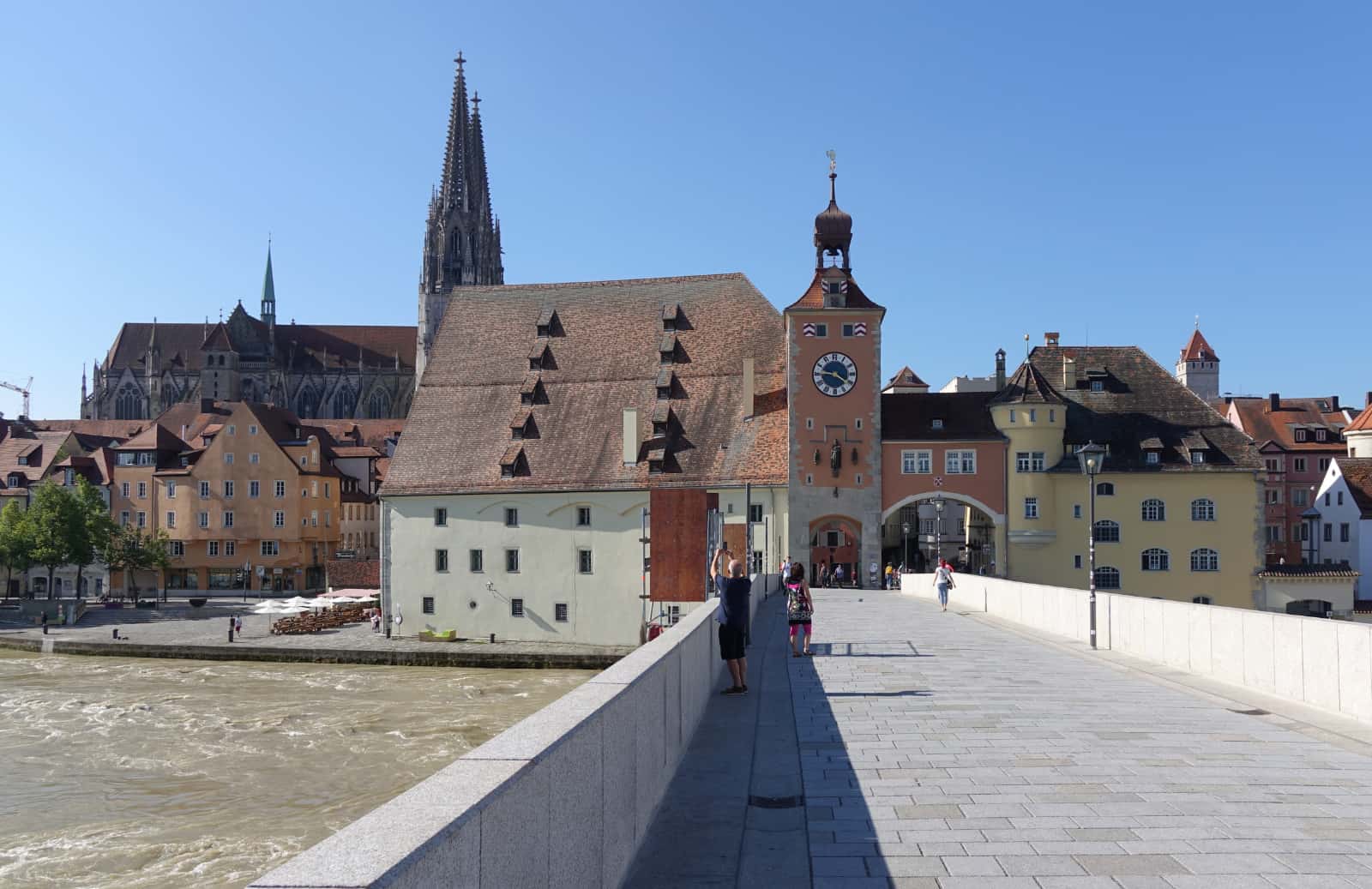Downloads
DOI:
https://doi.org/10.58981/bluepapers.2024.1.02Keywords:
built heritage, integrated risk management, urban resilience, heavy rain, climate changeAbstract
Water plays a dual role in the context of cultural heritage: it can be of great importance, but it can also threaten the existence of built heritage. This article explores the intricate relationship between water and built heritage, focusing on the risks posed by climate change-induced events such as heavy rainfall, which can lead to flooding and surface water run-off. The research project “Resilience and Built Heritage” focused on how built heritage contributes to urban resilience and emphasizes the imperative of integrated risk management, which requires collaboration between heritage professionals and risk managers. The challenges identified include mutual understanding of the disciplines of heritage protection and risk management and a lack of clarity in defining common objectives. Hence, integrated risk management is proposed as a comprehensive concept, encompassing an all-hazards approach and analytical as well as normative steps of risk evaluation and management. Integrated risk management can help develop consistent, holistic, integrative strategies to sustainably protect our built heritage – and thus strengthen its resilience to risk.
How to Cite
Published
Issue
Section
License
Copyright (c) 2024 Vanessa Ziegler, Christa Reicher, Stefan Greiving, Carola Neugebauer, Christoph Klanten

This work is licensed under a Creative Commons Attribution 4.0 International License.
References
BBSR. 2023a. Baukulturelles Erbe vor Risiken schützen und resilient gestalten. Eine Arbeitshilfe für die kom-munale Praxis [Protecting architectural heritage from risks and making it resilient. A handbook for municipal practice].
Bonn: BBSR. BBSR. 2023b. Resilience and Cultural Heritage in Ur-ban Development. Guidance Paper on Integrated Risk Management. Bonn: BBSR.Bierwerth, Gesa. 2014. “Kulturerbe” [“Cultural heritage”]. Online-Lexikon zur Kultur und Geschichte der Deutschen im östlichen Europa. Accessed March 26, 2024. https://ome-lexikon.uni-oldenburg.de/begriffe/kulturerbe.
Davidson, Julie L., Chris Jacobson, Anna Lyth, Aysin Dedekorkut-Howes, Claudia L. Baldwin, Joanna C. Ellison, Neil J. Holbrook et al. 2016. “Interrogating Resilience: Toward a Typology to Improve its Operationalization.” Ecology and Society 21, no. 2: 27–42.
Greiving, Stefan. 2011. “Methodik zur Festlegung raum- und raumplanung relevanter Risiken” [“Methodology for determining risks relevant to spatial and regional planning”]. In Risikomanagement als Hand-lungsfeld in der Raumplanung, edited by Jürgen Pohl and Swen Zehetmair, 22–30. Hannover: ARL Arbe-itsmaterialien Nr. 357.
Hein, Carola, Matteo D’Agostino, Carlien Donkor, Queenie Lin and Hilde Sennema. 2022. “Capturing Water, Culture and Heritage through Icons: A First Attempt.” Blue Papers 1, no. 1: 1–3. https://doi.org/10.58981/bluepa-pers.2022.1.wcht.
IPCC. 2023. Climate Change 2022: Impacts, Adaptation and Vulnerability. Cambridge: Cambridge University Press.IRGC. 2017. Introduction to the IRGC Risk Governance Framework, revised version. Lausanne: EPFL Interna-tional Risk Governance Center.
Meier, Hans-Rudolf. 2021. “Vom Wandel der Werte und vom Wert des Bewahrens. Perspektiven der Den-kmalpflege” [“On the change of values and the value of preservation: Perspectives on the preservation of monuments”]. In WerteWandel: Prozesse, Strategien Und Konflikte in Der Gebauten Umwelt, edited by Julia Ess, Eva Maria Froschauer, Elke Richter and Clara Jiva Schulte, 27–44. Basel: Birkhäuser.
SHELTER. 2019. “D.2.1 HA Resilience Structure.” Accessed December 12, 2023. https://shelter-project.com/documents/deliverables/.UNESCO. 2013. Managing Cultural World Heritage. Par-is: UNESCO. https://whc.unesco.org/en/managing-cul-tural-world-heritage/.
UN-Habitat. 2021. “Resilience and Risk Reduction.” Accessed December 20, 2023, https://unhabitat.org/resilience.
Walsh, Niall Patrick 2019. “Studio NAB Designs a Greenhouse Roof for Notre Dame.” ArchDaily (April 25). Accessed December 20, 2023. https://www.arch-daily.com/915803/studio-nab-designs-a-greenhouse-roof-for-notre-dame.References




